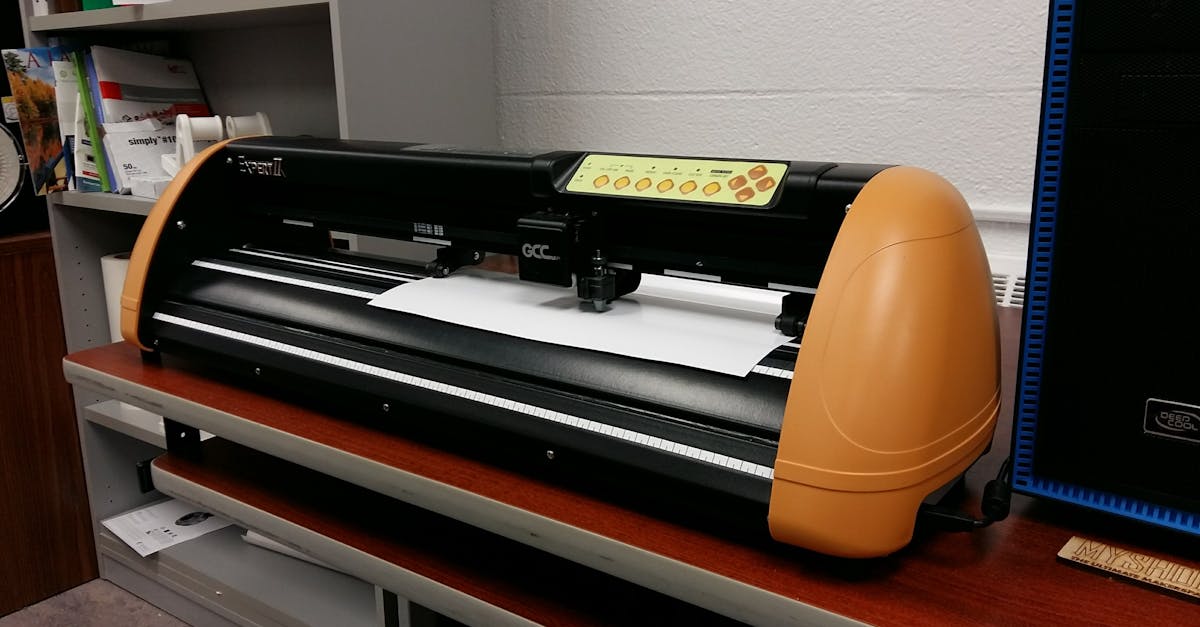This week we read all about Makerspaces in the classroom. There is no one way to create a makerspace, so many different combinations of materials and activities can go into developing a makerspace for students. A Makerspace, in general, is an area that sparks various hands-on and creative learning experiences for the students. They could involve the use of computers, or they could not. All makerspaces are different. The important similarity they all have is hands-on, creative-thinking, problem-solving aspects. Makerspaces also evolve over time as you determine which materials and projects work best in the classroom. It is good to start small and add projects over time. Many makerspaces include 3D printers, coding on computers, circuitry, and microbots (like Sphero). All of these and many others give students unique hands-on learning experiences and help them better understand and operate the technology of the 21st century while also learning the curriculum. Additionally, having makerspace activities engages students more and makes the learning process more fun, increasing their participation and interest.
Many schools are incorporating some form of makerspace. Some dedicate an entire room of different stations of projects (my mom's school has this). Some have a few things just to use in the classroom. Some have a rolly cart that transfers between classrooms (kind of like a Chromebook cart). Makerspaces can come in all varieties, and there is no right or wrong way to create one. It depends on what works best for the class depending on what they are learning and what is made available.
Where my mom teaches, one of the older classrooms was remodeled into a Makerspace room. In the room, they have 3D printers, 3D pens (which were really fun to use), vinyl making, various microbots to use, Lego sets, circuitry toys, and animation makers. This entire room was dedicated to hands-on activities and can be reserved by any teacher in the building for their students to use. The room is mainly used as a way for the students and even the teacher to break away from traditional classroom learning and get the kids more engaged and more willing to actively participate. When I was helping my mom on the day they reserved the makerspace, she had her kids in small groups, each table with a different project, and she had them rotate every 15 minutes. That way everyone got a chance to use all the projects for a little while. One group had circuitry toys, one had Legos, and one had a thing to create your own video game (and they would have been able to scan it to play it, but she didn't have them use that part). I thought it was really neat for her school to incorporate that and have many means of activities in the room. I noticed that the class was definitely enjoying their time there (and they immediately asked when they could come back).
When I start teaching, I will definitely integrate some level of a makerspace for my class. Whether that be one the school already has set up or projects that I would buy. It even mentioned that projects such as building a tower with toothpicks and marshmallows can count as a makerspace project, so even if I started off with something like that and expanded more into the realm of microbots or 3D printing. Honestly, these kinds of things would be fun for me to do along with the kids if I could. Depending on what is released when I start teaching elementary, I will definitely consider these projects and activities.
I think the idea of a Makerspace will continue to expand, and more activities that integrate more modern technology will be produced and utilized as time goes on. Right now, we are in the era of coding and 3D printers, but who knows what kinds of things will be made in the future. In a world of expanding technology, this is bound to happen. It amazes me even to see everything they have now as compared to when I was in early elementary school and all we had was the computer lab. Now they have 3D pens and printers, and advanced coding programs, and robots. Definitely something that will continue to expand for generations to come.






No comments:
Post a Comment